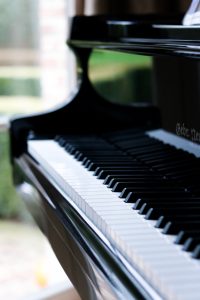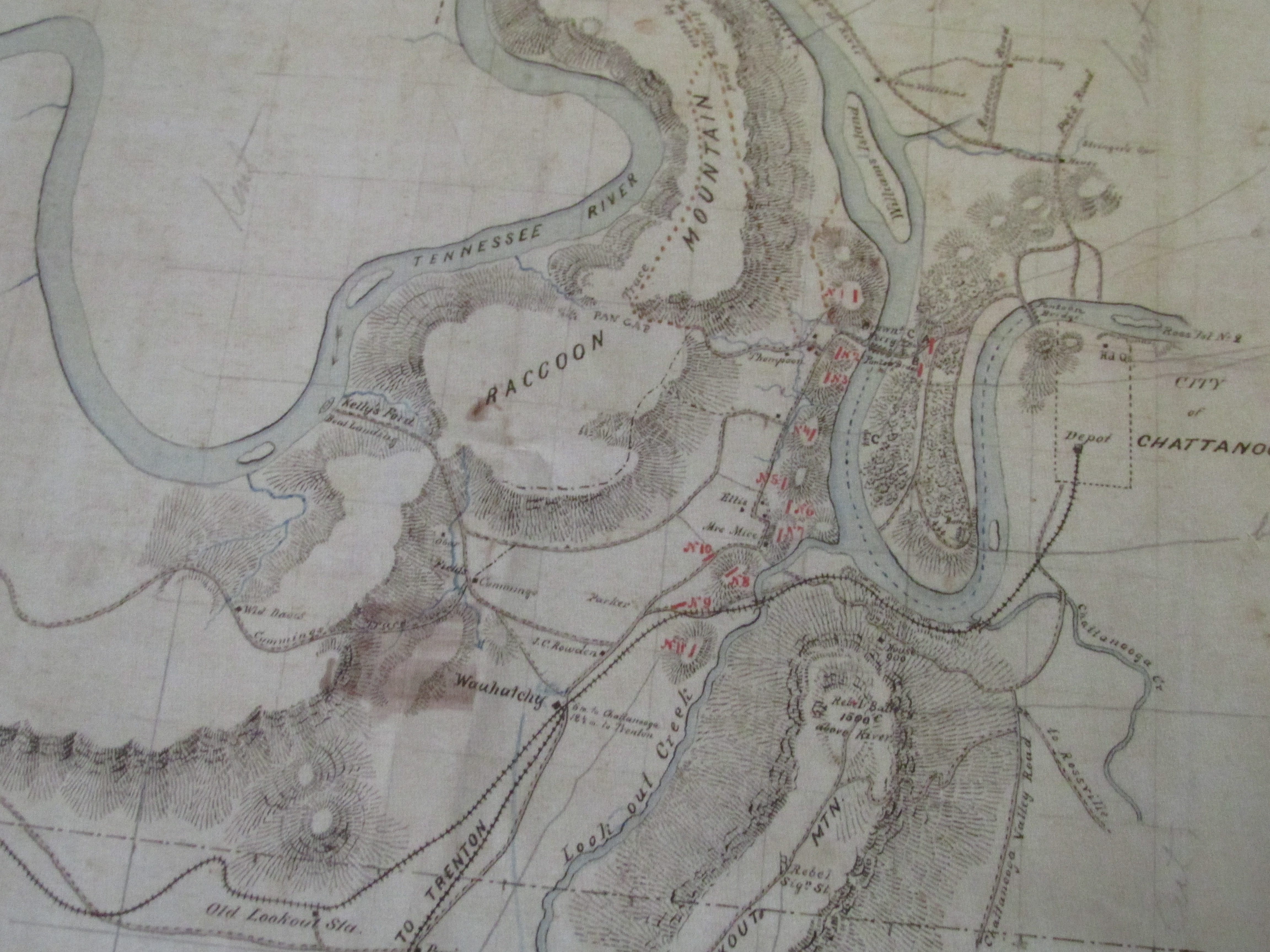Bartolomeo Cristofori accomplished a great technical achievement when he created the piano, but the piano did not become popular right away. It took time and some more improvements, but those improvements were made by other men.
Gottleib Silbermann of Germany read about Cristofori’s piano and decided to attempt making a better one. He added a hand-operated lever that allowed the player to lift the dampers off all the strings which allowed them to continue making sound even when the person playing lifted their fingers from the keys. Gottleib Silbermann showed his piano to Johann Sebastian Bach, and Bach felt that the high notes were too soft in comparison with the low notes. After some more adjustments, Silbermann gained Bach’s approval and Bach became on of the first piano salesmen, dealing in Silbermann pianos.

Why were the early pianos so quiet? Well, first of all, they only had five octaves, but the main reason was that they were built with wooden frames which prevented the strings from being stretched very tight. Another problem was that after pressing a key, the pianist had to wait for the hammer to fall back before being able to play that note again, making it nearly impossible to play repeated notes quickly.
However, none of this prevented pianos from becoming popular. As a matter of fact, during the Classical and Romantic Eras, composers used such pianos to create great works, and though the music of these pianos was softer and quieter, Wolfgang Amadeus Mozart wrote many of his compositions specifically for the piano.
Eventually, French inventor, Sebastian Erard created a way for the piano keys to throw the hammers right after a press of the key, so that pianists could effectively play a repeated note immediately after by pressing the key again. This gave composers in the Romantic Era the ability to write music that included faster rhythms.
Eventually more octaves were added to pianos which gave them a greater range of tones. During the late 18th century, piano making became quite popular in Vienna. Viennese-style pianos had wooden frames, but featured two strings per note.
During the 18th century, Alpheus Babcock was born in Dorchester, Massachusetts and apprenticed to a piano maker and later entered into a partnership with his brother, and the two of them started making pianos in Boston in 1810. Babcock continued through a series of short-term jobs for companies and more partnerships while building a reputation for himself as an expert piano maker. His pianos were known for their excellent tone and finish. During the Industrial Age in 1825, Alpheus Babcock created a one-piece cast iron frame for his pianos which allowed him to pull the strings tighter, providing more tension on the strings.
However, the iron-framed pianos became the dominant piano after 1850 when piano producers, such as Steinway, produced an iron frame based on Babcock’s design. The louder, richer sounds of these iron-framed pianos is the wonderful sound of the pianos we enjoy today.

Kelly F. Barr lives in Lancaster County, Pennsylvania. She is married and has three sons. She writes historical romance. She has also been a blogger for ten years, and every Friday, you can find her Flash Fiction stories posted for your reading pleasure. She loves her family, including the family dog, books, walks, and chai lattes.
You can find her online at:
Website: kellyfbarr.com
MeWe: KellyBarr8






No Comments